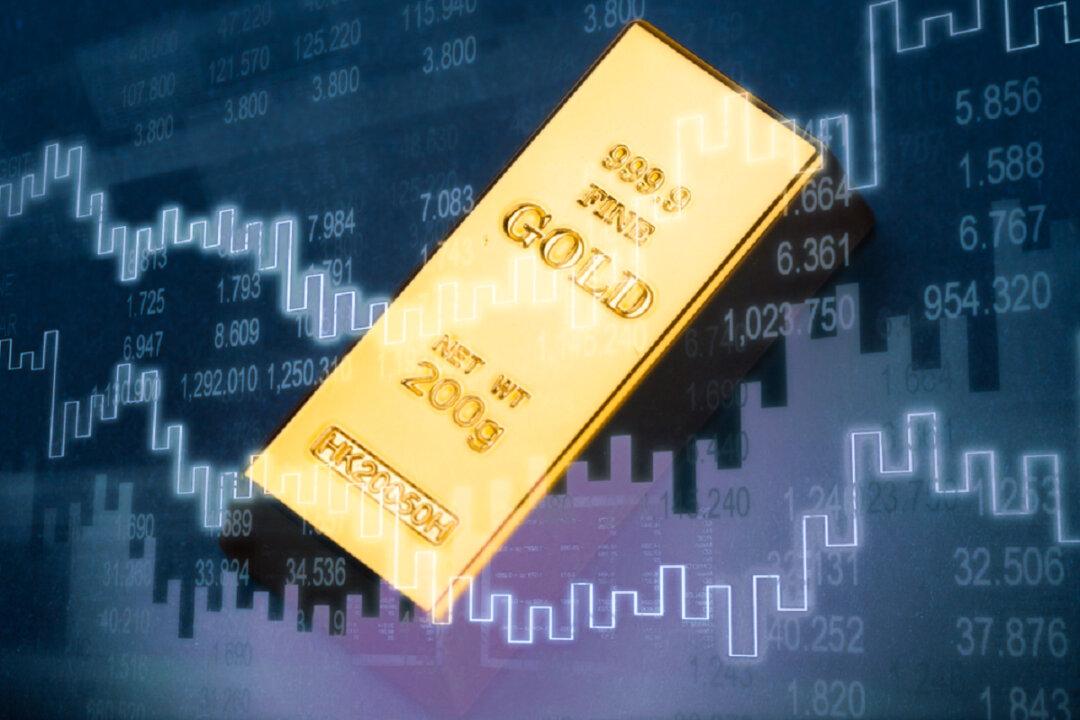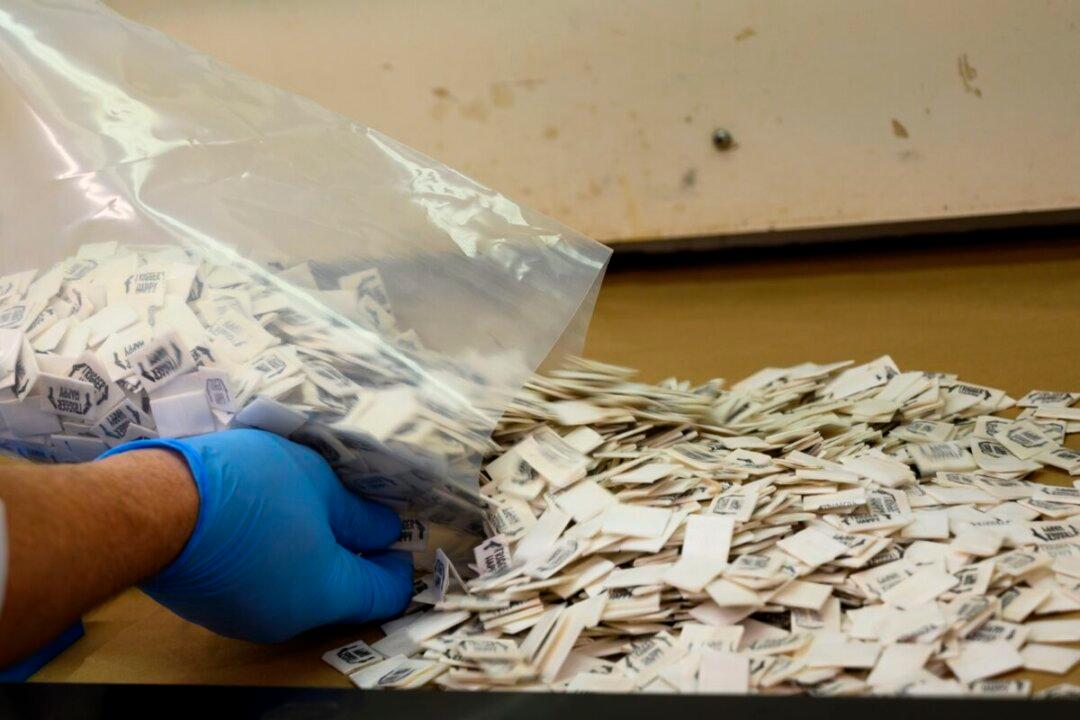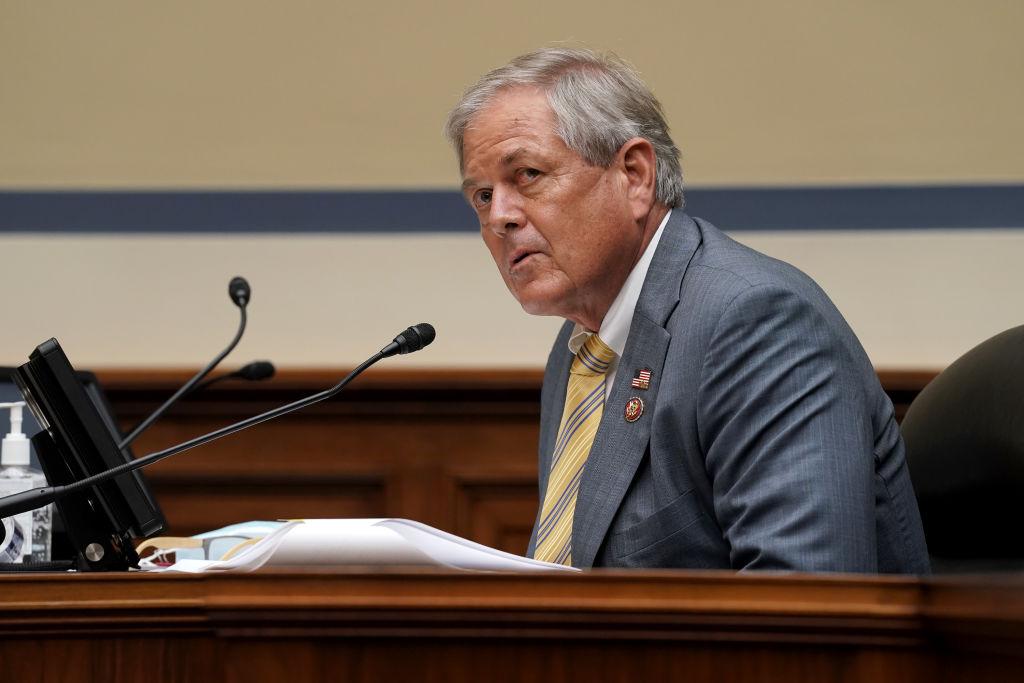The price of gold surged to $2,020 per ounce on Tuesday, driven by the recent banking scares and concerns over rising inflation. This marks the third time in history that the precious metal has pierced the $2,000 level; the first was in August 2020, when gold reached its all-time high of $2,075 per ounce.
Experts view gold’s renewed favorability as a result of the market’s loss of confidence in the U.S. dollar.




